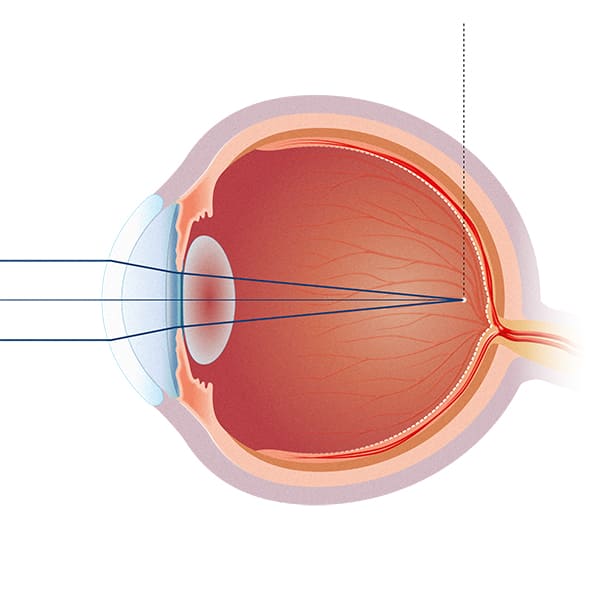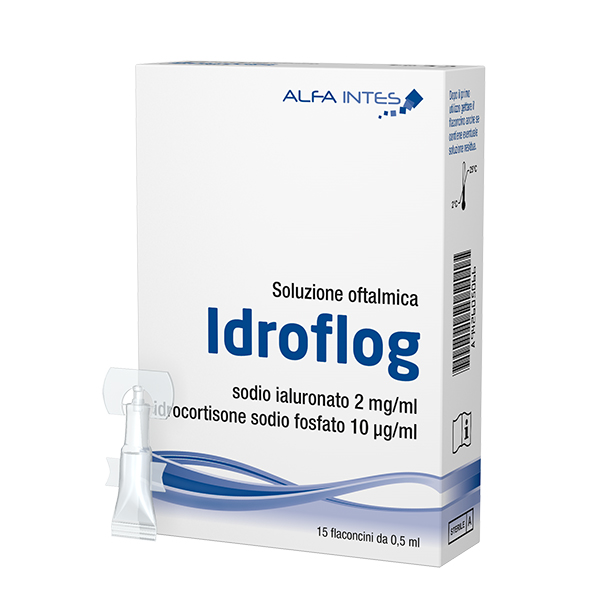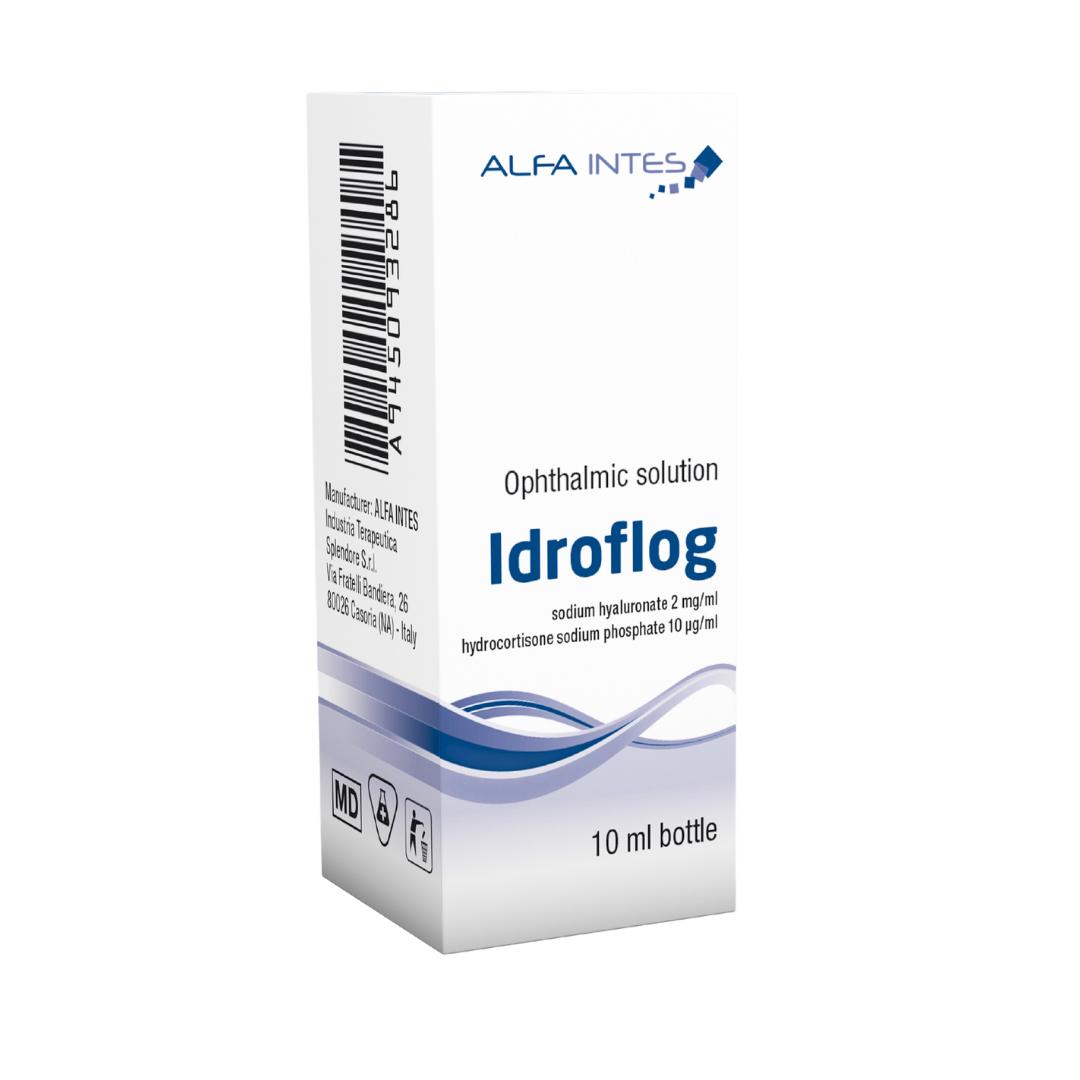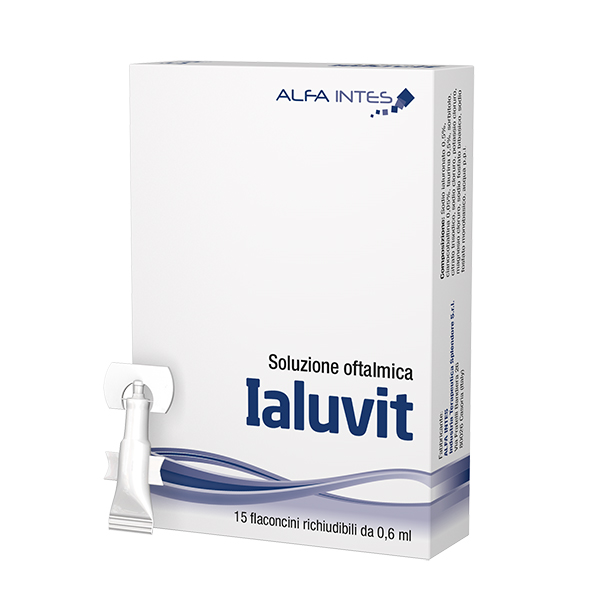Diagnosis
Myopia is diagnosed during a normal eye examination.
During the examination, the specialist will subject the patient to a series of tests and will be able to check the extent of the visual impairment and schedule the appropriate periodic check-ups.
For myopic people, it is more important than for others to undergo periodic diagnostic tests, such as eye pressure measurement and fundus examination, in addition to vision measurement, as they are more at risk of developing glaucoma or retinal diseases.
Treatment
Following the eye examination, the specialist will be able to establish the best treatment for each situation.
Myopia is usually corrected through the use of lenses (glasses or contact lenses). Although contact lenses can provide better visual quality than glasses, they are not tolerated by everyone and require more attention and care.
A permanent solution, as an alternative to glasses and contact lenses, is refractive surgery. In any case, it is always a good idea to discuss the best solution for your situation with your specialist.




